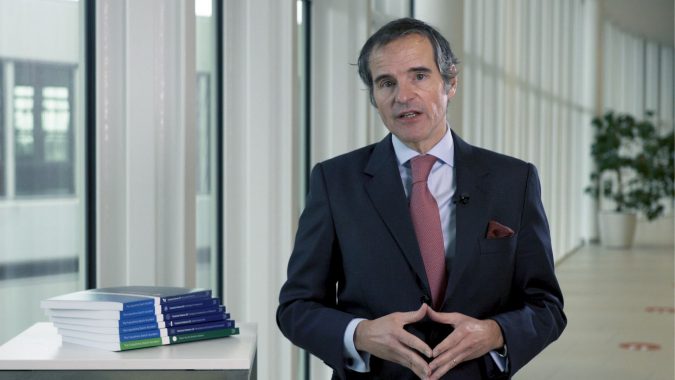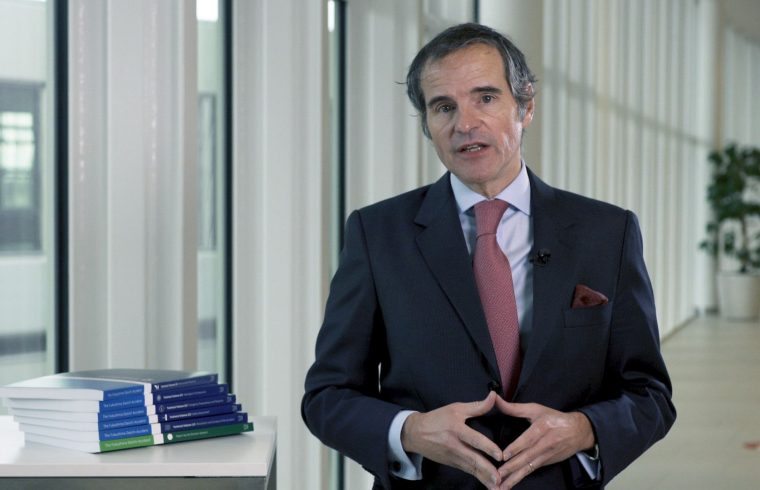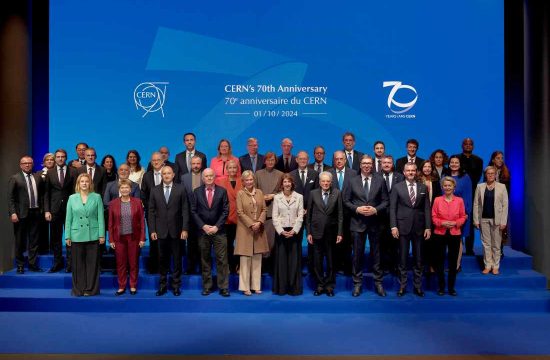
Ten years ago today, the Great East Japan Earthquake shook Asia’s seabed. Its tremors were powerful enough to shift the earth on its axis.
At the Fukushima Daiichi Nuclear Power Plant, the equipment reacted just as it was designed to do. It stopped, the control rods were inserted into the reactor core, and the cooling system kicked in. About an hour later, however, a giant tsunami swept across the mainland, overwhelming Japan’s coastal defences and Daiichi’s safety perimeter.
Though the ensuing damage caused nuclides to be released into the environment, scientists have found no evidence that this caused radiation-induced health effects.
The accident galvanised the international community. A few days after the tsunami, a team of IAEA experts flew to Japan to help engineers assess the damage, and the Agency has continued to assist Japan over the past decade. Today we are helping tackle the ongoing challenge of the water.
As we mark this solemn occasion, I would like to take stock of all that the IAEA and its Member States have done since that fateful day in 2011. We have put in thousands of manhours and compiled thousands of pages of data and knowledge. This represents the findings of the first four years.
Within just a few months of the accident, the IAEA had developed a comprehensive action plan to strengthen the global nuclear safety framework and Member States had endorsed it.
Around the world, operators’ engineers analyzed their nuclear reactors and made upgrades where necessary. Today, virtually all Member States with nuclear power plants have completed ‘stress tests’ and many make use of the IAEA’s expert peer-review missions.
We have built a single platform that promotes clear nuclear safety practices for existing sites and those being developed and constructed. Our work has not only led to concrete improvements in the safety of nuclear sites; it has created a sustained and robust global safety culture.
We have developed and improved Safety Standards, norms and guidance. The adoption of the Vienna Declaration brought together all parties of the Convention on Nuclear Safety to reinforce its principals.
An important lesson of Fukushima is that regulators must be strong, independent and adequately resourced.
A robust, normative safety framework with the IAEA at its centre is critically important. Because nuclear safety is not an end in itself; it is the means to an end. It is the key to nuclear power’s expansion. And thus it is the key to nuclear meeting its biggest promise of all – the ability to help stabilize the climate while allowing economies and societies to thrive, fuelled by safe, stable and sustainable carbon-free energy.
I like to say the IAEA does not stop for a single minute. And it is true. The job we have is simply too important to rest.








